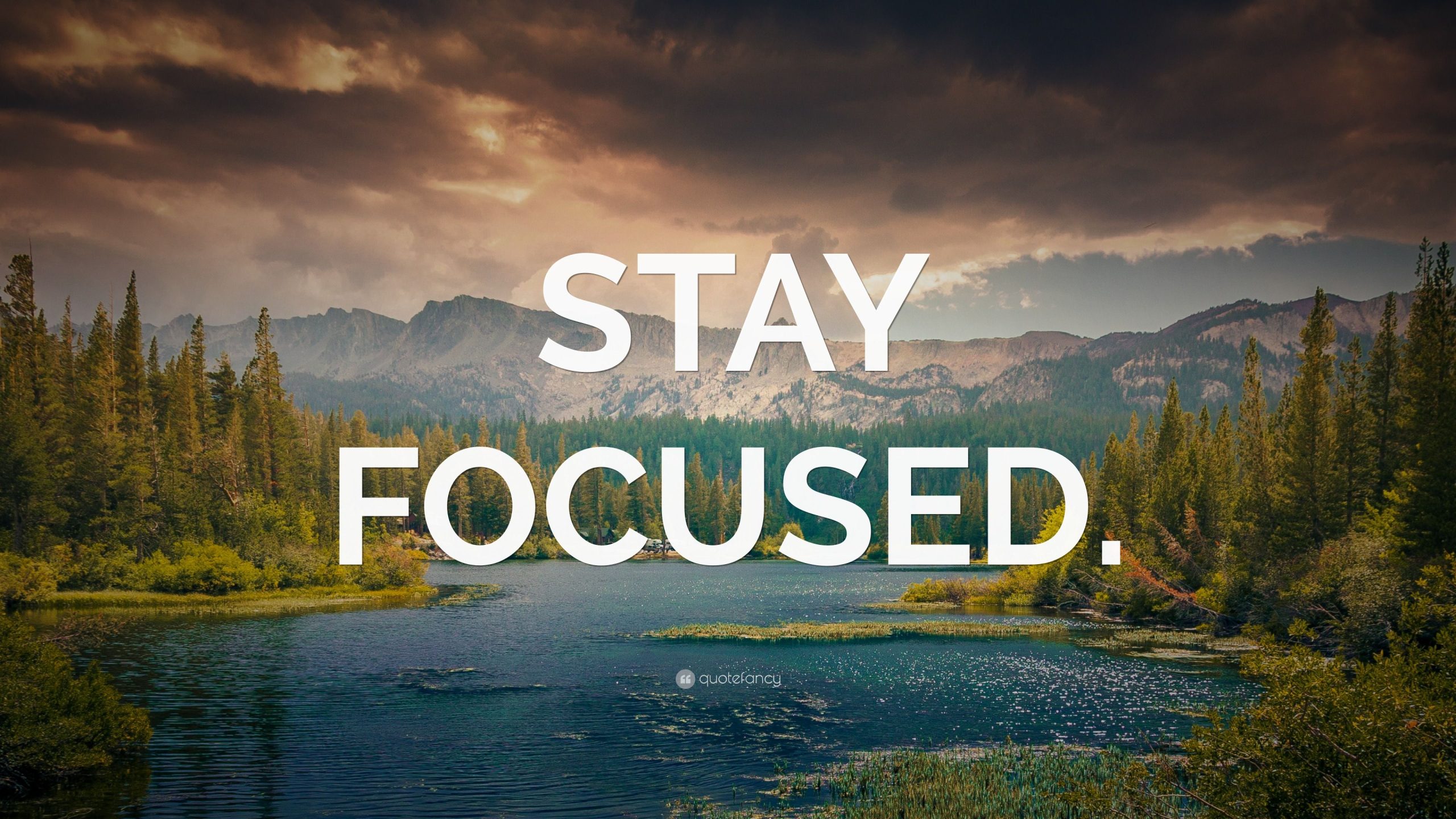
Austria, a landlocked country in the heart of Europe, captivates visitors with its stunning alpine landscapes, imperial cities, rich cultural heritage, and unparalleled quality of life. From the majestic peaks of the Alps to the serene shores of its crystal-clear lakes, and from the grand palaces of Vienna to the charming villages of Tyrol, Austria offers a diverse tapestry of experiences. This comprehensive guide will help you navigate where to stay, what to see, how to travel, and when to visit this enchanting destination, ensuring an unforgettable journey.
A Glimpse into Austria’s Rich History
Austria’s story is one of empires, innovation, and artistic brilliance. Its roots stretch back to Roman times, but its true rise began with the Habsburg dynasty, which ruled for over 600 years. From the 13th century, the Habsburgs steadily expanded their influence, eventually presiding over the vast Austro-Hungarian Empire, a multi-ethnic powerhouse that encompassed much of Central and Eastern Europe.

Related Articles about Austria: Your Comprehensive Guide to Where to Stay, What to See, and How to Experience the Alpine Gem:
- The Call of the Subcontinent: Your Guide to Unlocking Cheap Flights to India and Experiencing its Wonders
- Jordan: Where Ancient Sands Whisper Tales of Empires and Wonders
- Ukraine: A Land of History, Culture, and Undiscovered Beauty
- Manchester: A Northern Powerhouse – Your Ultimate Travel Guide
- Johannesburg: A City of Gold and Grit, Waiting to be Explored
This imperial legacy is palpable throughout Austria. Vienna, the capital, served as the heart of this empire, and its magnificent palaces like Schönbrunn and Hofburg, grand boulevards, and world-class museums stand as testaments to its former glory. Emperors and empresses like Maria Theresia and Franz Joseph I shaped the nation’s political and cultural landscape, fostering a golden age of arts, music, and science.
The 18th and 19th centuries saw the flourishing of classical music, with Vienna becoming the undisputed capital of the genre, home to geniuses like Mozart, Beethoven, Strauss, and Schubert. The Secession movement in art, spearheaded by Gustav Klimt and Egon Schiele, marked a revolutionary period at the turn of the 20th century.
The collapse of the Austro-Hungarian Empire after World War I led to the formation of the First Austrian Republic. After the tumultuous period of annexation by Nazi Germany and World War II, Austria emerged as a neutral, democratic republic. Today, it is a prosperous member of the European Union, proudly preserving its traditions while embracing modernity. Understanding this historical backdrop enriches every visit, allowing you to appreciate the layers of culture and architectural grandeur that define the country.
Where to Stay: Unpacking Austria’s Diverse Regions
Choosing where to stay in Austria largely depends on your interests, whether you’re seeking imperial elegance, alpine adventure, lakeside serenity, or culinary delights.
1. Vienna: The Imperial Capital (Culture, History, Grandeur)
Why Stay Here: Vienna is the quintessential Austrian experience for culture vultures and history buffs. It offers an unparalleled concentration of museums, palaces, opera houses, and cafes. It’s an ideal base for exploring imperial history and enjoying world-class performances.
Top Attractions:
- Schönbrunn Palace: The former imperial summer residence, a UNESCO World Heritage site.
- Hofburg Palace: The winter residence of the Habsburgs, housing the Imperial Apartments, Sisi Museum, and Spanish Riding School.
- St. Stephen’s Cathedral: A magnificent Gothic masterpiece in the city center.
- Belvedere Palace: Home to Gustav Klimt’s "The Kiss."
- MuseumsQuartier: A vibrant complex of museums and cultural institutions.
- Naschmarkt: Vienna’s most famous market, offering culinary delights.

Accommodation Options:
- Luxury: Historic palais hotels like Hotel Sacher Wien or Palais Coburg offer opulent experiences.
- Mid-Range: Boutique hotels in the Innere Stadt (old town) or stylish options in districts like Neubau (7th district) provide comfort and character.
- Budget: Numerous hostels (e.g., Wombat’s City Hostel) and budget hotels are available, particularly outside the very center but with excellent public transport links.
- Unique: Consider an apartment rental for a more local feel, especially for longer stays.
2. Salzburg: City of Mozart and Baroque Splendor (Music, Mountains, Charm)
Why Stay Here: Nestled amidst stunning alpine scenery, Salzburg is famous as Mozart’s birthplace and the setting for "The Sound of Music." It boasts a remarkably preserved Baroque Old Town, a UNESCO World Heritage site, and offers a perfect blend of culture and natural beauty.
Top Attractions:
- Hohensalzburg Fortress: Perched high above the city, offering panoramic views.
- Mozart’s Birthplace & Residence: Explore the life of the legendary composer.
- Mirabell Palace and Gardens: Famous for "Do-Re-Mi" scenes.
- Salzburg Cathedral: A stunning Baroque church.
- Getreidegasse: A charming shopping street with unique guild signs.
Accommodation Options:
- Luxury: Hotels within the Altstadt (Old Town) like Hotel Goldener Hirsch offer historical elegance.
- Mid-Range: Charming guesthouses and boutique hotels are plentiful, often with traditional Austrian decor.
- Budget: Hostels and guesthouses can be found just outside the immediate Old Town.
3. Innsbruck: The Capital of the Alps (Adventure, Winter Sports, Imperial History)
Why Stay Here: For those seeking a blend of alpine adventure and urban charm, Innsbruck is ideal. Surrounded by majestic mountains, it’s a paradise for skiers, hikers, and mountaineers, while its historical center offers imperial sights.
Top Attractions:
- Golden Roof (Goldenes Dachl): The city’s most iconic landmark.
- Nordkette Cable Car: Ascend directly from the city center to breathtaking mountain vistas.
- Hofburg Imperial Palace Innsbruck: A smaller but significant Habsburg residence.
- Bergisel Ski Jump: Olympic history and panoramic views.
- Swarovski Crystal Worlds (Wattens): A short drive away, a whimsical art experience.
Accommodation Options:
- Luxury: High-end hotels in the city center or wellness resorts in the surrounding valleys.
- Mid-Range: City hotels, guesthouses, and family-run inns offer comfortable stays.
- Budget: Hostels and budget hotels cater to backpackers and sports enthusiasts.
- Unique: Consider a traditional Tyrolean chalet or a mountain hut for an authentic alpine experience.
4. Hallstatt & The Salzkammergut: Lakeside Serenity (Photography, Nature, Relaxation)
Why Stay Here: This region of picturesque lakes and mountains is perfect for those seeking tranquility, stunning natural beauty, and postcard-perfect villages. Hallstatt, a UNESCO site, is often considered one of the most beautiful villages in the world.
Top Attractions:
- Hallstatt Village: Explore its charming streets, bone house, and salt mine.
- Dachstein Ice Caves & Five Fingers Viewing Platform: Spectacular natural wonders.
- Lake Wolfgangsee, Lake Fuschlsee, Lake Mondsee: Enjoy boat trips, swimming, and lakeside activities.
- St. Wolfgang and St. Gilgen: Other charming lakeside towns.
Accommodation Options:
- Luxury: Lakeside hotels with spa facilities, particularly around Lake Wolfgangsee.
- Mid-Range: Boutique guesthouses and family-run hotels in Hallstatt and other villages.
- Budget: Limited in Hallstatt itself due to high demand; consider staying in nearby towns like Obertraun or Bad Ischl for more options.
- Unique: Farm stays (Urlaub am Bauernhof) offer an authentic rural experience.
5. Graz & Styria: Culinary Delights and Southern Charm (Food, Architecture, Wine)
Why Stay Here: Austria’s second-largest city, Graz, is a UNESCO World Heritage site known for its vibrant student life, innovative modern architecture, and a strong culinary scene. The surrounding Styria region is famous for its pumpkin seed oil, apples, and wine.
Top Attractions:
- Schlossberg: A hill in the city center with a clock tower (Uhrturm) and panoramic views.
- Kunsthaus Graz (Friendly Alien): A striking modern art museum.
- Murinsel: An artificial island in the Mur River.
- Eggenberg Palace: A beautiful Baroque palace.
- Styrian Wine Route: Explore vineyards and taste local wines.
Accommodation Options:
- Luxury: Design hotels and upscale options in the city center.
- Mid-Range: A good selection of comfortable hotels and guesthouses.
- Budget: Hostels cater to students and budget travelers.
- Unique: Stay in a "Buschenschank" (wine tavern with accommodation) along the wine route for a truly local experience.
Beyond the Cities: Alpine & Rural Retreats
For ultimate relaxation or outdoor adventure, consider staying in specific regions focused on nature:
- Tyrol (e.g., Kitzbühel, St. Anton am Arlberg): World-class ski resorts, hiking, and wellness hotels.
- Vorarlberg (e.g., Lech, Zürs): Exclusive ski resorts and stunning alpine scenery.
- Carinthia (e.g., Lake Wörthersee): Southern Austria’s lake region, popular for swimming and water sports in summer.
Top Attractions in Austria (A Consolidated List)
- Schönbrunn Palace (Vienna): Imperial grandeur, magnificent gardens.
- Hofburg Palace (Vienna): Imperial Apartments, Sisi Museum, Spanish Riding School.
- St. Stephen’s Cathedral (Vienna): Iconic Gothic masterpiece.
- Hohensalzburg Fortress (Salzburg): Europe’s largest fully preserved castle.
- Mozart’s Birthplace (Salzburg): A pilgrimage for music lovers.
- Hallstatt Village: Postcard-perfect lakeside village.
- Dachstein Ice Caves (Salzkammergut): Subterranean wonders.
- Grossglockner High Alpine Road (Carinthia/Tyrol): Scenic mountain pass with stunning views.
- Golden Roof (Innsbruck): Iconic city landmark.
- Swarovski Crystal Worlds (Wattens, near Innsbruck): Dazzling art installations.
- Melk Abbey (Wachau Valley): Baroque Benedictine monastery, UNESCO site.
- Wachau Valley: Famous for its vineyards, apricots, and Danube River cruises.
Accommodation Options: A Closer Look
Austria offers a spectrum of accommodation to suit every budget and style:
- Hotels: From luxurious 5-star establishments in historic buildings to modern boutique hotels and comfortable chain hotels.
- Guesthouses (Gasthöfe/Pensionen): Often family-run, offering a personal touch, traditional decor, and sometimes half-board options, especially in rural areas.
- Hostels: Abundant in major cities and popular ski resorts, providing budget-friendly dormitory and private room options.
- Apartment Rentals: Platforms like Airbnb offer a wide selection, ideal for longer stays or families.
- Farm Stays (Urlaub am Bauernhof): A unique experience, particularly popular in rural regions, offering insights into local life and fresh farm produce.
- Mountain Huts (Alpenvereinshütten): For hikers and mountaineers, these provide basic but atmospheric overnight stays in the Alps.
- Wellness Resorts: Many regions, particularly Styria and Tyrol, boast excellent spa and wellness hotels.
Getting Around Austria: Transportation Guide
Austria’s transportation network is efficient, reliable, and scenic.
- Trains (ÖBB – Austrian Federal Railways): The most popular way to travel between cities. Trains are punctual, comfortable, and often offer stunning views, especially on routes through the Alps. High-speed Railjet connects major cities like Vienna, Salzburg, and Innsbruck.
- Buses: Ideal for connecting smaller towns and villages not served by trains, and for local city transport. Postbus is a major operator.
- Driving: Renting a car offers flexibility, especially for exploring rural areas, the Salzkammergut, or the Grossglockner High Alpine Road. Remember that a vignette (toll sticker) is required for using Austrian motorways and expressways.
- Flights: Internal flights are available between Vienna, Salzburg, Graz, and Innsbruck, but often unnecessary due to efficient train connections and Austria’s relatively compact size.
- City Public Transport: Vienna, Salzburg, and Innsbruck have excellent networks of trams, buses, and U-Bahn (subway in Vienna), making it easy to get around without a car. Consider a city pass for unlimited travel and attraction discounts.
Travel Tips for a Seamless Austrian Adventure
- Language: German is the official language. English is widely spoken in tourist areas, hotels, and major cities. Learning a few basic German phrases ("Guten Tag," "Danke," "Bitte") is always appreciated.
- Currency: The Euro (€). Credit cards are widely accepted, but it’s good to carry some cash, especially in smaller towns or for markets.
- Tipping: Tipping is customary. For good service in restaurants, round up the bill or add 5-10%. For taxis, round up.
- Etiquette: Austrians are generally polite and value punctuality. A formal "Grüß Gott" (hello) is common, especially outside Vienna.
- Safety: Austria is a very safe country with low crime rates. Standard precautions apply.
- Packing: Pack layers, regardless of the season, as weather can change quickly, especially in the mountains. Comfortable walking shoes are a must. If visiting in winter, bring warm clothing, waterproofs, and sturdy boots.
- Power Adapters: Austria uses Type F (Schuko) sockets with 230V and 50Hz.
- Tourist Cards: Consider purchasing a Vienna Pass, Salzburg Card, or Innsbruck Card for free public transport and discounts on attractions.
Best Time to Visit Austria
Austria is a year-round destination, each season offering a unique charm:
-
Spring (April-May):
- Pros: Mild weather, blooming flowers, fewer crowds than summer, lower prices. Ideal for city sightseeing, hiking at lower altitudes, and enjoying cultural events.
- Cons: Some alpine areas might still have snow, unpredictable weather.
-
Summer (June-August):
- Pros: Warm weather, long daylight hours, perfect for hiking, swimming in lakes, cycling, and outdoor festivals. Peak season for tourism.
- Cons: Higher prices, larger crowds, especially in popular spots like Vienna, Salzburg, and Hallstatt. Can be hot in cities.
-
Autumn (September-October):
- Pros: Crisp air, stunning fall foliage (especially in the Alps and Wachau Valley), grape harvest season in wine regions, pleasant for hiking and city breaks. Christmas markets start in late November.
- Cons: Shorter daylight hours, some attractions might close for the off-season in late October.
-
Winter (November-March):
- Pros: World-class skiing and snowboarding, enchanting Christmas markets (late Nov-Dec), cozy atmosphere, beautiful snow-covered landscapes.
- Cons: Cold weather, some mountain roads may be closed, shorter daylight hours. High season for ski resorts.
Conclusion
Austria offers a truly multifaceted travel experience, catering to history buffs, nature enthusiasts, culture lovers, and adventure seekers alike. Whether you choose to immerse yourself in the imperial grandeur of Vienna, get lost in the baroque charm of Salzburg, conquer the alpine peaks of Innsbruck, or unwind by the tranquil lakes of the Salzkammergut, this Central European gem promises unforgettable memories. By understanding its rich history, diverse accommodation options, efficient transportation, and seasonal delights, you can tailor your Austrian adventure to be nothing short of perfection. Pack your bags and prepare to be enchanted by the heart of Europe!





